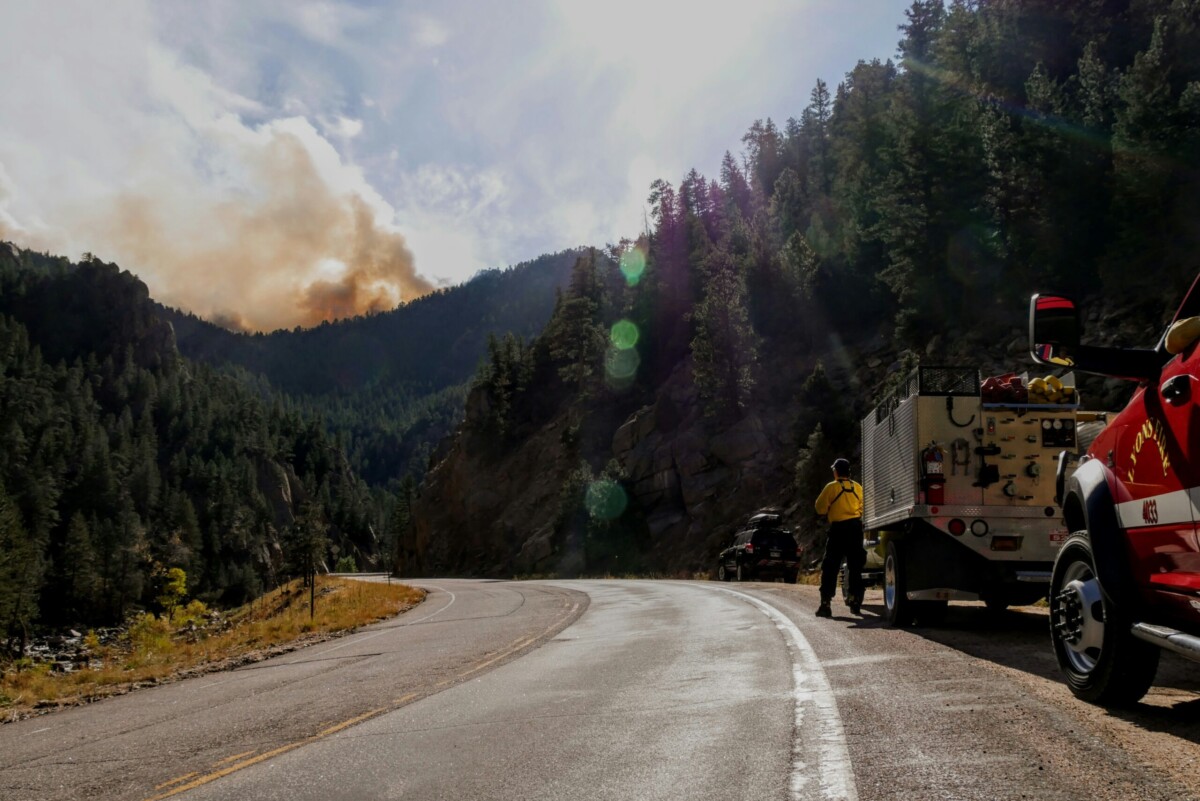Npengage
4w
267

Image Credit: Npengage
10 Tips for Managing Crisis Volunteers in Natural Disasters
- Relief organizations have a roster of affiliated volunteers who are skilled in the work of disaster response, such as search and rescue, and spontaneous volunteers also converge on disaster sites.
- Even if your organization’s mission is not focused on disaster relief, in a time of crisis you may be called upon to help, and you also may find yourself with a roster of untested volunteers eager to pitch in.
- Spontaneous crisis volunteers need to be screened so they can be given suitable roles and be properly registered and trained.
- So that volunteers understand their responsibilities, create short job descriptions.
- As volunteers arrive for their assignments, provide them with necessary supplies, such as volunteer ID, maps, special equipment, and contact information for volunteer coordinators.
- Prevent burnout by scheduling volunteers in shifts of two or four hours.
- Make arrangements so volunteers have access to food, water, and facilities.
- In the course of registering volunteers, you will also have captured their information. Add them, if they are willing, to your affiliated volunteer roster and to your constituent relationship management (CRM) platform so you can keep them apprised of opportunities to support your mission in the future.
- Volunteers must be made aware of the risks they face, be equipped with appropriate safety gear, and be willing to be coordinated by local emergency management.
- Prepare for disasters like earthquakes and superstorms now by creating or updating your crisis volunteer management strategy so your team is ready to welcome and mobilize the volunteers who show up to help.
Read Full Article
16 Likes
For uninterrupted reading, download the app